Technology Session: Green Steel through Hydrogen Direct Reduction
The paper 'Green Steel through Hydrogen Direct Reduction: A study on the role of hydrogen in the Indian Iron and Steel' was launched at a technology session organised online.
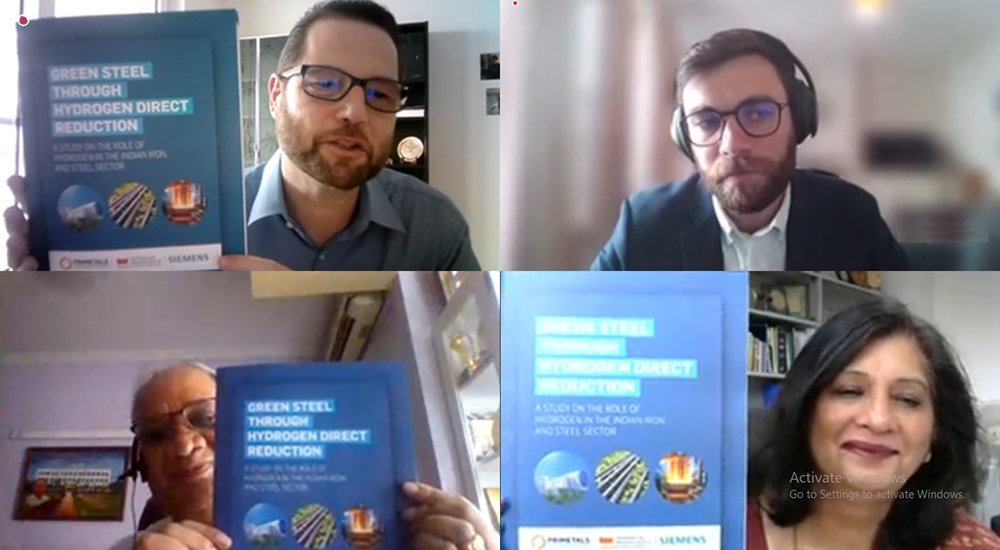
On 18 August 2021 | 5:00 PM to 6:30 PM IST
The Energy and Resources Institute (TERI) launched the paper Green Steel through Hydrogen Direct Reduction: A study on the role of hydrogen in the Indian Iron and Steel during a technology session organised online on 18th August 2021. The paper is a joint effort by TERI, Primetals Technologies Austria GmbH, Austria, and Siemens Energy. Under the aegis of TERI's Industry Charter, a series of webinars are being held for giving a platform for industries to prepare themselves for sector-specific technologies – create an impact of knowledge resources. This paper builds on the ongoing work for decarbonisation in steel sector. The webinar was attended by Indian and global industry representatives from Steel, Power, Oil and Gas, Renewables, Infrastructure, Automobiles, and Buildings sectors.
Dr. Vibha Dhawan, Director General, TERI welcomed the panellists and in her opening remarks highlighted the importance of how hydrogen will play a critical role in the production of green steel and that breakthrough technologies were the need of the hour. The announcement of a Hydrogen Mission by the government shows ambition and leadership for raising India's climate ambition and launch of Hydrogen Mission is timely to enter global markets at this early stage. India's steel sector is facing the challenge of reducing emissions and energy while growing and remaining competitive. Collaborations will be necessary to help the sector reduce its emissions.
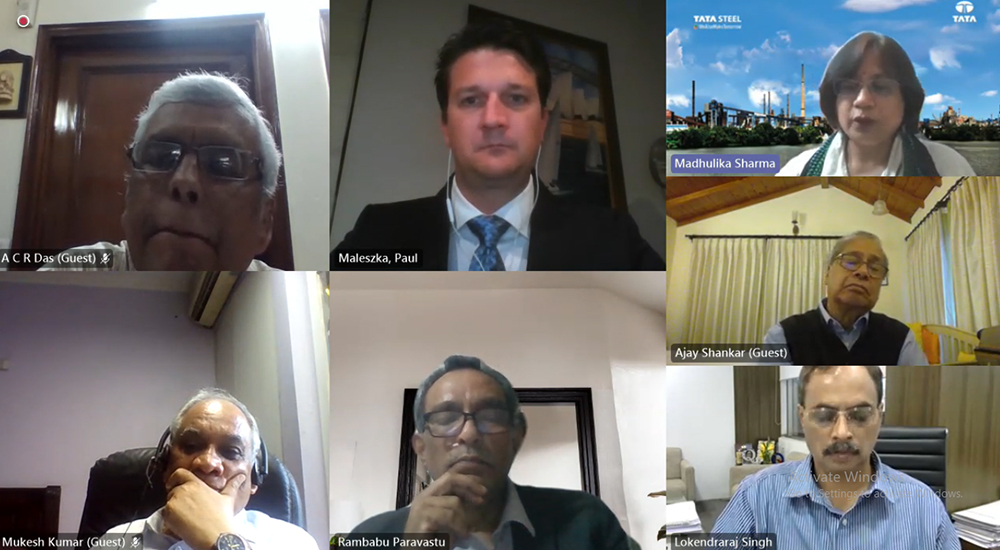
Mr. Gerd Deusser, Executive Vice President, Head-Energy, Siemens Ltd discussed the role of TERI's study which discusses technologies, economics and policy aspects that could act as a first step on the road towards reducing CO2 emissions from the iron & steel sector in India. He added that TERI's industry platform would play a crucial role in bringing industry together and strengthening collaborative actions for industry decarbonisation. The global steel sector is responsible for 7% of the world's carbon dioxide (CO2) emissions. To achieve the target of the Paris Agreement, even a 1% reduction in these emissions would be a success. He highlighted the cost challenges of producing green steel and said that as India's carbon price is low, there is little economic incentive to produce green steel. The first step is to explore technology solutions, he added.
The keynote address was delivered by Dr. Mukesh Kumar, Director, SRTMI, Ministry of Steel, Government of India. In his address, he mentioned how hydrogen based technologies are rising in importance globally and how they were especially relevant for the iron and steel industry. He shared that there are some challenges when it comes to the use of hydrogen-based technologies such as the high cost of green hydrogen, high cost of large scale-production and storage of hydrogen, and the need for external heat due to endothermic reaction. He expressed hope that technology suppliers would come together to overcome these challenges. There is a need to also look at other alternatives such as biothermal, Carbon Capture, Use and Storage (CCUS) and methanol, he added. Dr Kumar stated that the Ministry of Steel welcomes collaborations with industry and other stakeholders to develop new technologies in support of green steel manufacturing as it will help India maintain it competitiveness at global and national levels along with supporting carbon neutrality and Aatmanirbhar Bharat.
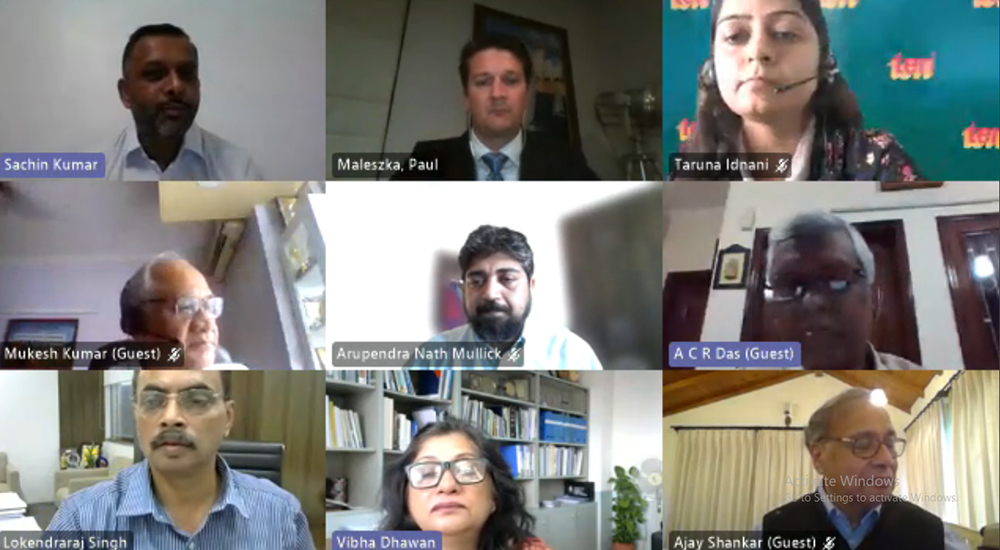
Mr. Will Hall, Visiting Fellow, TERI presented the key findings of the paper. The paper is a first-of-its kind techno-economic analysis on this area, in India. Low/zero carbon hydrogen could be a key technology to reduce emissions from the steel sector and although the costs of using hydrogen in steel sector are higher today, there is a pathway to reduce emissions when supported by ambitious policy. For India's steel sector there are broadly two technology routes for primary steelmaking - DRI-H2 and SR-BOF-CCUS route. India can reduce the cost of green hydrogen through initiatives by domestic industry and international partnerships. Policy will also play an important role in reducing the costs. He highlighted that there is a need for a mix of actions both on the supply side and the demand side.
Roundtable Discussions
The industry roundtable was moderated by Mr. Ajay Shankar, Distinguished Fellow, TERI and focused on challenges and opportunities for decarbonisation of steel-making in India. Mr. Shankar reiterated, "On the policy side, India's fiscal resources are constrained so there is a need to examine other instruments that could be used to accelerate the transition in the right manner at the right time and introduce a level playing field for market players. We can achieve India's leadership in green steel by 2035-2040. Through collaborations, we can come up with viable and feasible solutions." For India, creation of demand side would require sectoral commitments. For creating and aggregating demand for green steel, sectoral commitments would play a crucial role for example, auto industry could commit to 50% of consumption of green steel starting 2025 or Indian railways, or government mandates for construction projects. This would also create a motivation to supply side initiatives in the country.
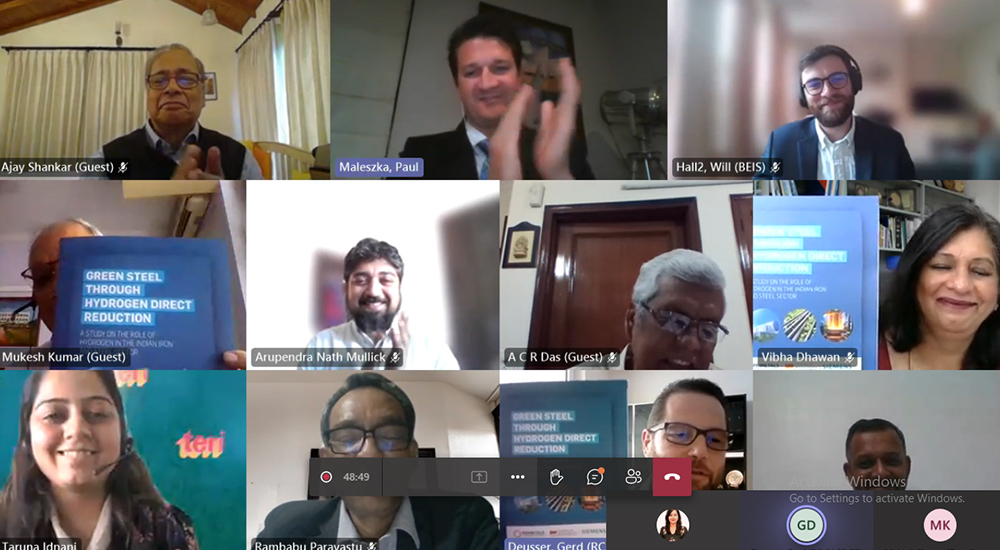
The panel included representatives from Ministry of Steel, TATA Steel, JSW Steel, Greenko Group, Lendlease Group, Australia, Member of Steel Zero Initiative and The Climate Group. They discussed the technical challenges in adoption of hydrogen as a fuel source, need to decarbonize India's electricity grid to facilitate green steel manufacturing, economics of adopting DRI technology (both natural gas and hydrogen), and the balance required between managing India's projected steel requirement and reducing CO2 emissions from production of steel. It was highlighted that stakeholders need to come together to deliberate technology, investment and policy-related issues and chart a way forward for India's iron and steel industry.
The panel also stressed on cost related challenges for integrating new technologies in the systems. Panellists agreed that India could become a global hub for hydrogen production and green steel but it would require stakeholder consensus for a clear roadmap.
The key messages and perspectives shared by speakers during the event are outlined below:

Dr Vibha Dhawan Director General, TERI
‘Hydrogen as an energy source is particularly important. The Government of India’s National Hydrogen Mission shows leadership of India and commitment to sustainable growth. The manufacture of green hydrogen represents an untapped opportunity towards India’s energy transition journey.’
"Active collaborations between stakeholders is essential to develop green hydrogen and India’s green steel capabilities. The iron and steel sector in India is one of the biggest energy consuming sectors in India and reducing emissions of the steel sector will be crucial towards maintaining India’s commitments under the Paris Agreement."

Mr. Gerd Deusser Executive Vice President, Head-Energy, Siemens Ltd
"Steel counts for 7% of global CO2 emissions –to achieve our global sustainability targets it is essential to decarbonize steel making. The study can be a first step towards reducing CO2 emissions from steel in India."
TERI’s Industry Charter for Near Zero Emission Ambition by 2050 is important platform for Indian industry to collaborate on technology solutions and deliberate actions for leadership"

Dr. Mukesh Kumar Director, SRTMI, Ministry of Steel, Government of India
"India needs to look at all possible options to decarbonize steel manufacture– natural gas in short term and hydrogen in long term."
"Achieving Paris agreement targets will need a revolution in steel making technologies requiring major investments."
"Believe this paper will provide info on status of technology and can be used as a guiding manual to develop a roadmap for manufacturing green steel in India."
"Ministry of Steel is actively working and promoting circular economy, resource efficiency and new technologies to support green steel manufacturing in India. It’s important to change with time to maintain India’s competitiveness at global and national levels. We (Ministry of Steel) are ready to partner and collaborate to make our steel making processes more sustainable in support of Aatmanirbhar Bharat and carbon neutrality."
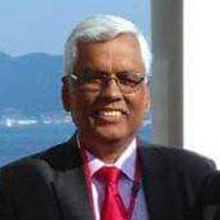
Mr. ACR Das Formerly Industrial Advisor, Ministry of Steel
"Most of the additional capacity planned is through blast furnace route. The innovation in blast furnace route would help in reducing emissions combined with CCUS. Hydrogen Injection is the future of blast furnace technology."
"Today our natural gas based DRI capacity is very low. More gas based plants need to be built so that they can transition to hydrogen based plants in the future. The cost and availability of hydrogen is also a key issue – cost needs to be competitive."

Ms. Madhulika Sharma Chief Corporate Sustainability, TATA Steel
"Availability of feedstock is an issue – to meet the feedstock requirement for hydrogen gas at a scale and price is a challenge – the answers are not yet known."
"DRI as a technology is the technology to transition to in the future – it will allow us to change feedstock from natural gas to hydrogen in the future."
"All stakeholders need to come together to decide the best route forward. As a country that can become a hub for hydrogen production - how do we address the complexities of policy and technology and solve them quickly."
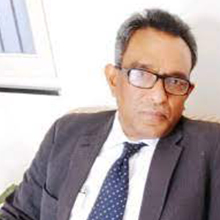
Dr. Rambabu Paravastu Advisor & Chief Sustainability Officer, Greenko Group
"Important for India to get its grid decarbonized and DRI needs to be adopted so that pushing for green hydrogen usage in steel manufacturing is feasible at a later stage."
"In India a future is possible where the solution will be both utilizing green hydrogen DRI and CCUS. The challenge to scale up will be great to match India’s future requirements for Steel."

Mr. Paul Maleszka Senior Supply Chain Manager (Global Steel), Group Supply Chain, Lendlease Group, Member, Steel Zero Initiative, The Climate Group
From demand side, there are four key drivers:
"There is a first movers premium which will continue to come to set new benchmarks of sustainability. The better return for products would be shared by customers. The first movers advantage gives an additional benefit for demand side organisations to gain competitive advantage.
The government regulations or carbon tax and geopolitical risks which includes barriers for trade, high premiums for steel."
"As a Steel Zero member, companies have to procure low carbon steel and 100% net zero steel by 2050. Some members have declared 100% absolute zero steel by 2040. We are trying to encourage government and industry to provide low and absolute-zero carbon steel."
"We recognize it (green steel) is a long-term investment – but if we all play our part, we will have a greener and sustainable future."
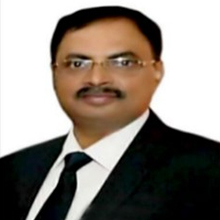
Mr. Lokendra Raj Singh Senior Vice President, Iron, Energy & Environment, JSW Vijayanagar and Chairman, Climate Action Group, JSW Steel
"We have to balance our growth vs. investing in green steel. JSW Steel is looking or partnerships to explore reducing the cost of hydrogen. We need to be prepared for the future – India should not be behind the curve."
"Government support and policies are required as we need to increase capacity of steel production in India while reducing CO2 intensity and emissions."

